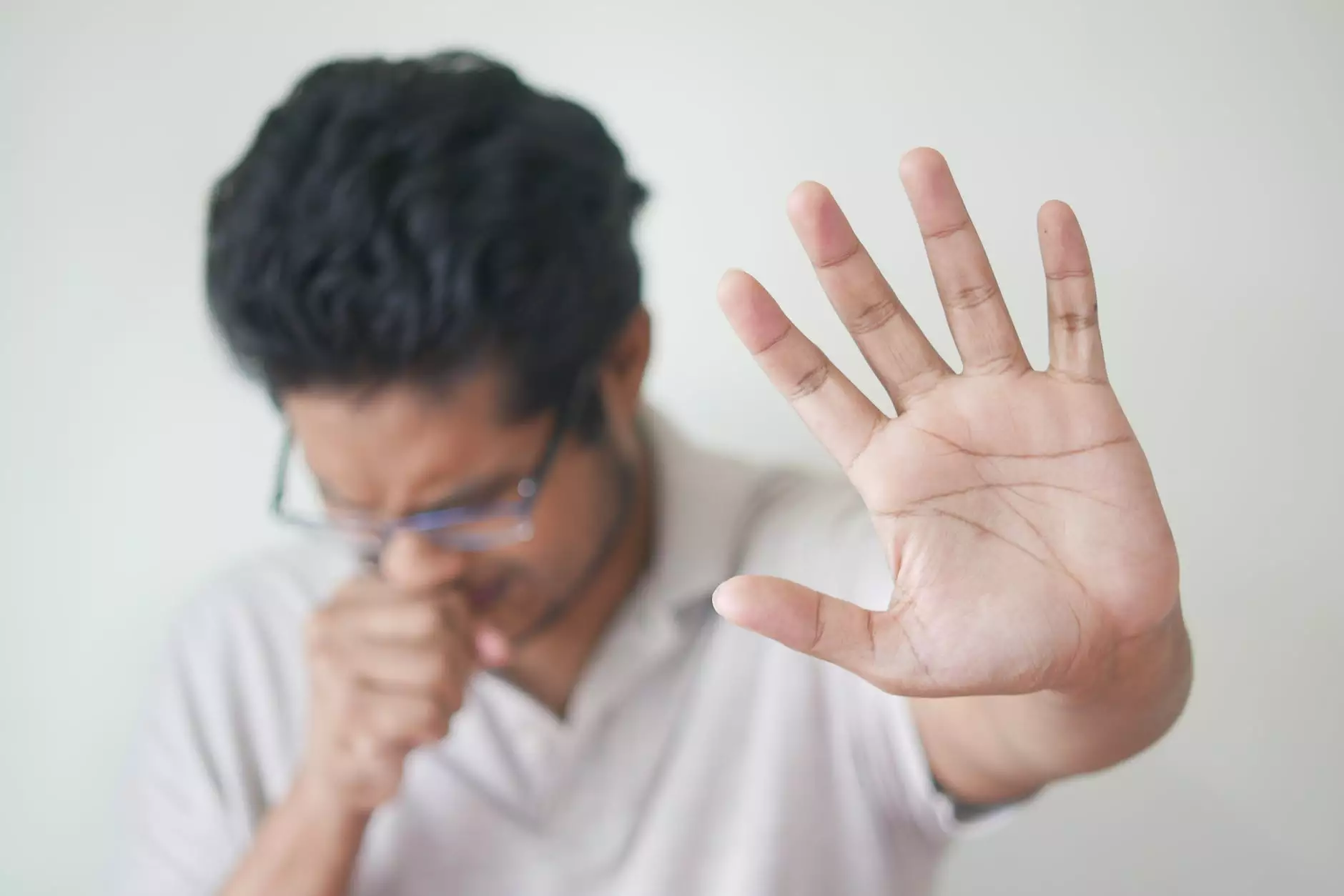What are Spring Allergy Symptoms?
Allergies
Understanding the Impact of Spring Allergies on Your Health
As the winter ends and spring emerges, many individuals eagerly await the blooming flowers, warmer temperatures, and longer days. However, for a significant portion of the population, spring also brings about the all too familiar symptoms of allergies.
Common Spring Allergy Symptoms
Spring allergies, also known as hay fever or seasonal allergic rhinitis, occur when the body's immune system overreacts to substances such as pollen, mold spores, and grass. The following are some common symptoms:
- Sneezing: Frequent and repeated sneezing, often accompanied by a runny or stuffy nose.
- Itchy/Watery Eyes: Eyes become itchy, red, and watery due to an allergic reaction.
- Nasal Congestion: Difficulty breathing through the nose due to swelling and inflammation of nasal passages.
- Postnasal Drip: Excess mucus production leads to a sensation of mucus dripping down the throat.
- Itchy Throat or Ears: Irritation and itching in the throat or ears.
- Coughing: Persistent coughing caused by postnasal drip or throat inflammation.
- Fatigue: Constant sneezing, congestion, and poor sleep quality can lead to fatigue and lack of energy.
Managing and Alleviating Spring Allergies
Living with spring allergies can be challenging, but there are ways to minimize symptoms and improve overall well-being:
1. Stay Informed and Plan Ahead
Monitor local pollen forecasts to know when allergy triggers will be particularly high. Planning outdoor activities for days with lower pollen counts can help reduce exposure.
2. Keep Your Home Allergen-Free
Frequent cleaning, vacuuming, and dusting can help remove allergens from your living space. Consider using high-efficiency particulate air (HEPA) filters in air purifiers and changing air filters regularly.
3. Avoid Peak Pollen Times
Pollen levels are usually highest in the early morning and early evening. Limit outdoor activities during these times, especially on dry and windy days when pollen is more likely to be present.
4. Wear Protective Gear
When spending time outside, wearing sunglasses can help shield your eyes from pollen. Additionally, using a pollen mask or covering your nose and mouth with a scarf can help filter out airborne allergens.
5. Seek Medical Treatment
If your symptoms are severe or significantly impacting your daily life, it may be beneficial to seek medical advice. Allergy medication, nasal sprays, and immunotherapy (allergy shots) can provide relief and help manage symptoms.
Conclusion
Spring allergies can put a damper on what should be a joyful season, but with proper understanding and management, you can minimize their impact on your daily life. By implementing the strategies mentioned above and seeking appropriate medical treatment, you can alleviate the symptoms of spring allergies and enjoy the beauty of the season without discomfort.
Remember, Southside Fixtures is here to provide you with comprehensive information and guidance on managing spring allergies. Reach out to us for further assistance and make the most out of this beautiful season!









